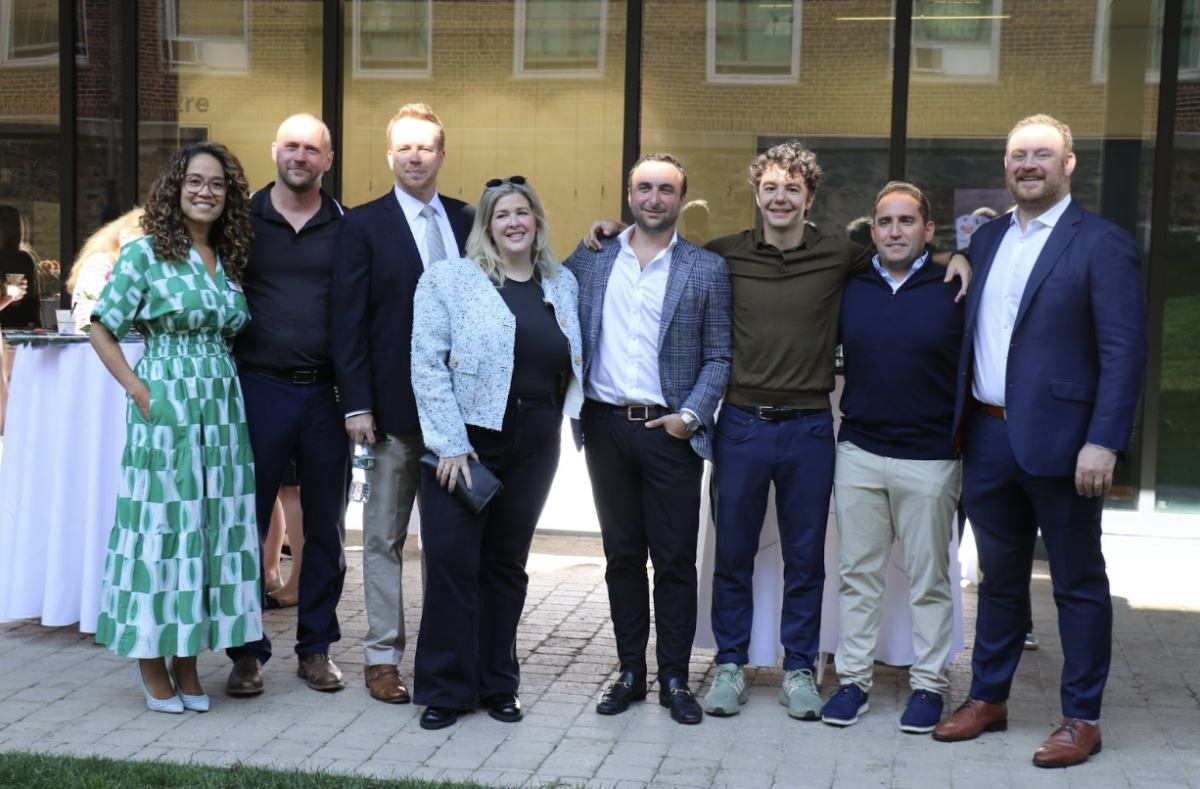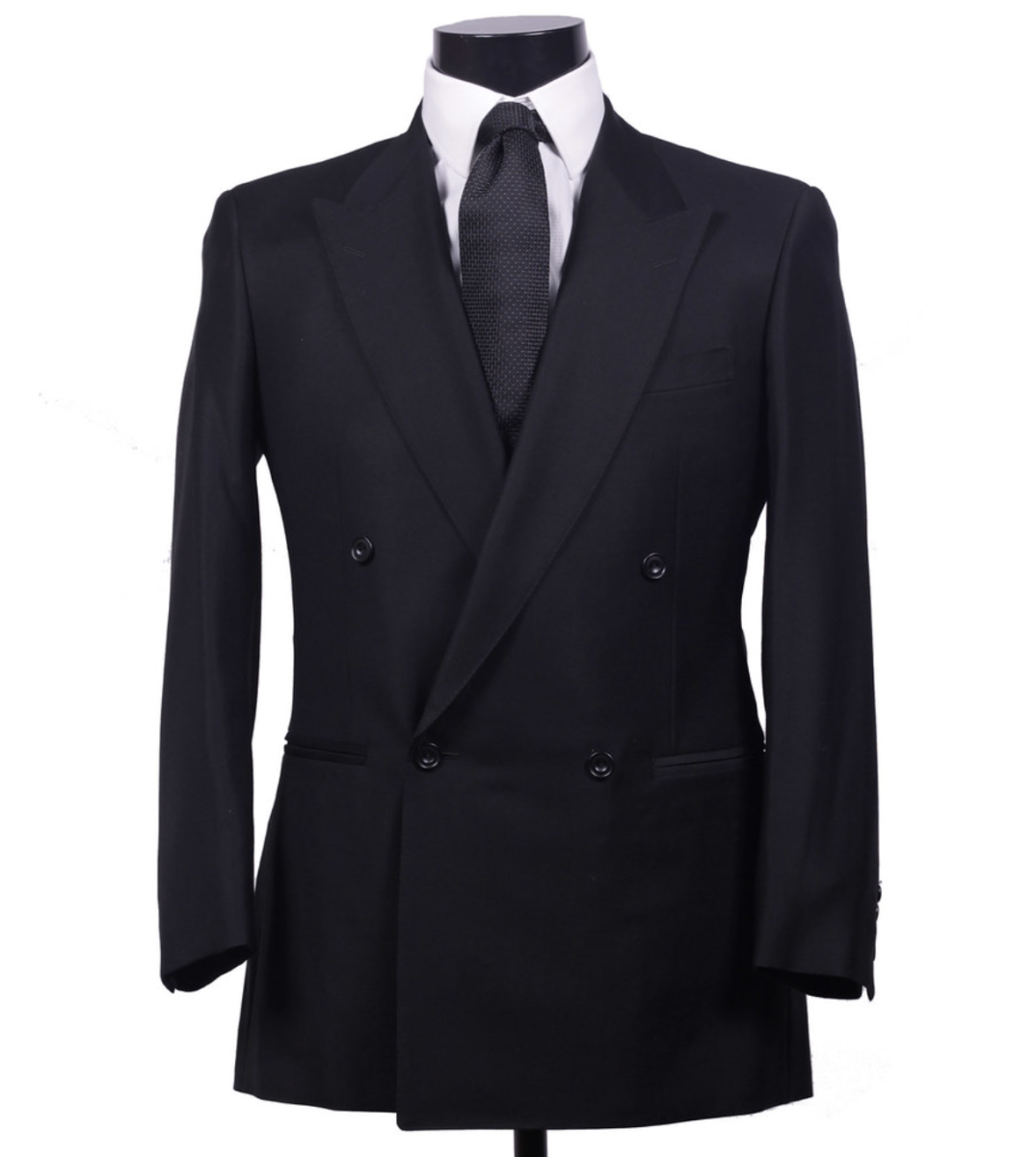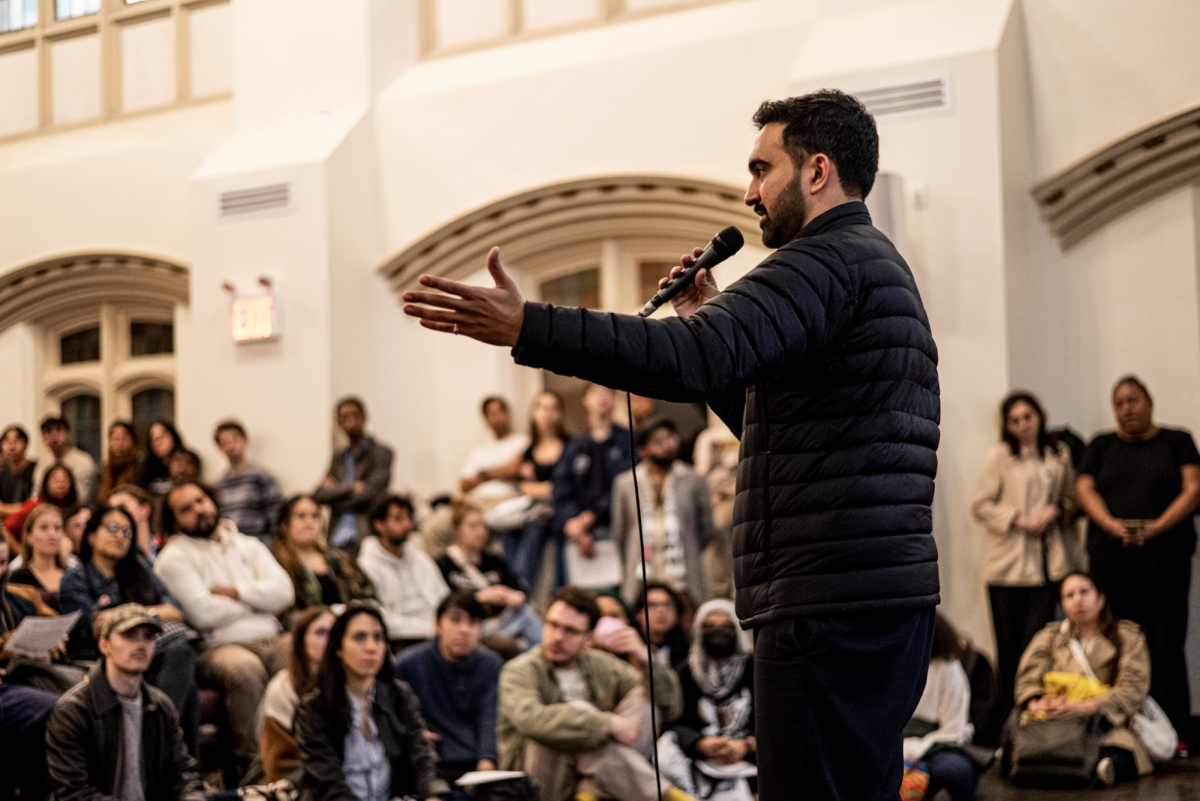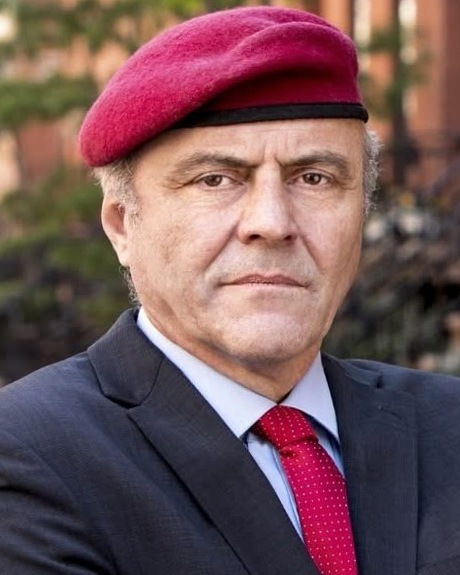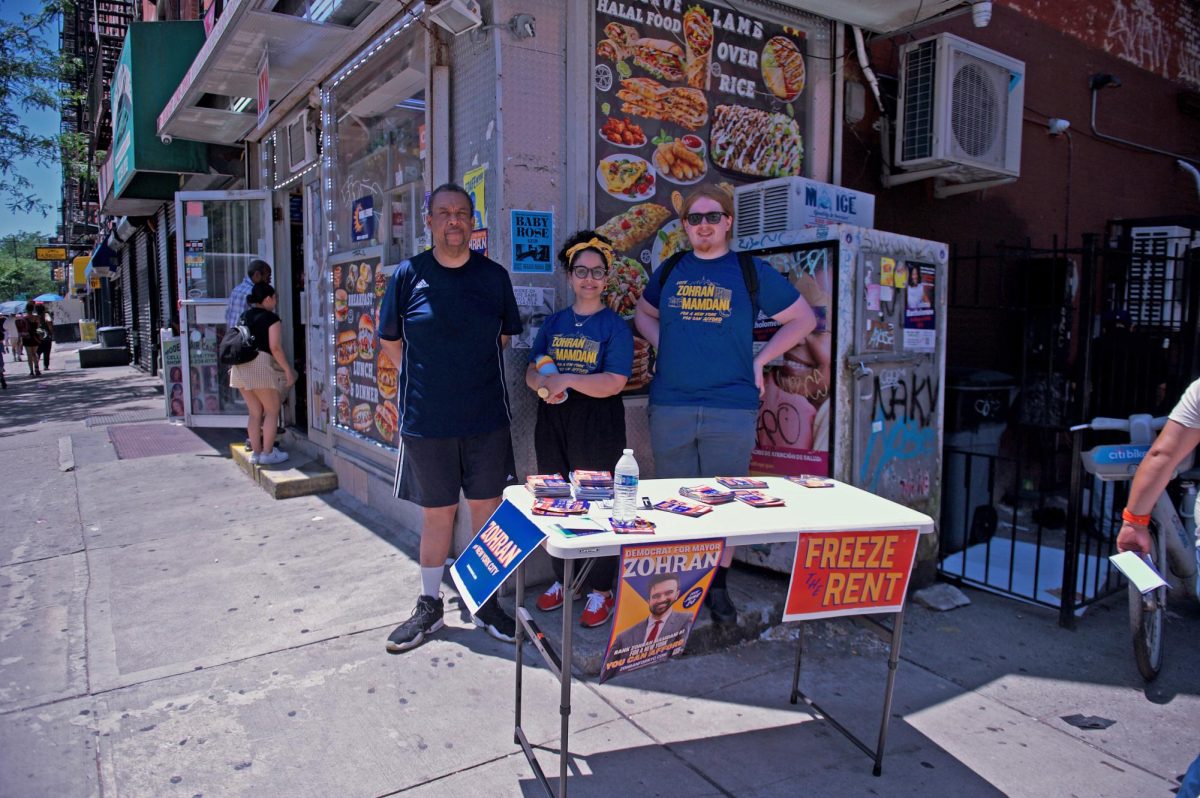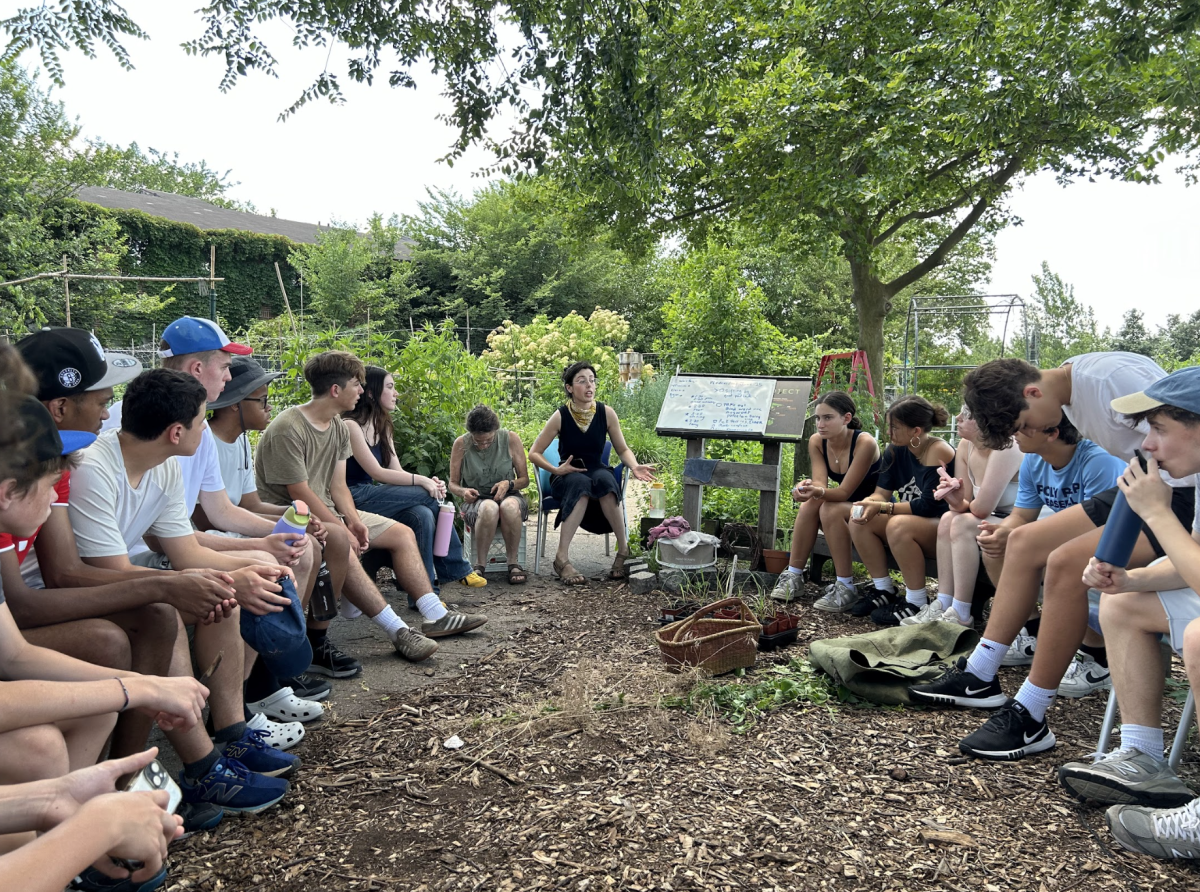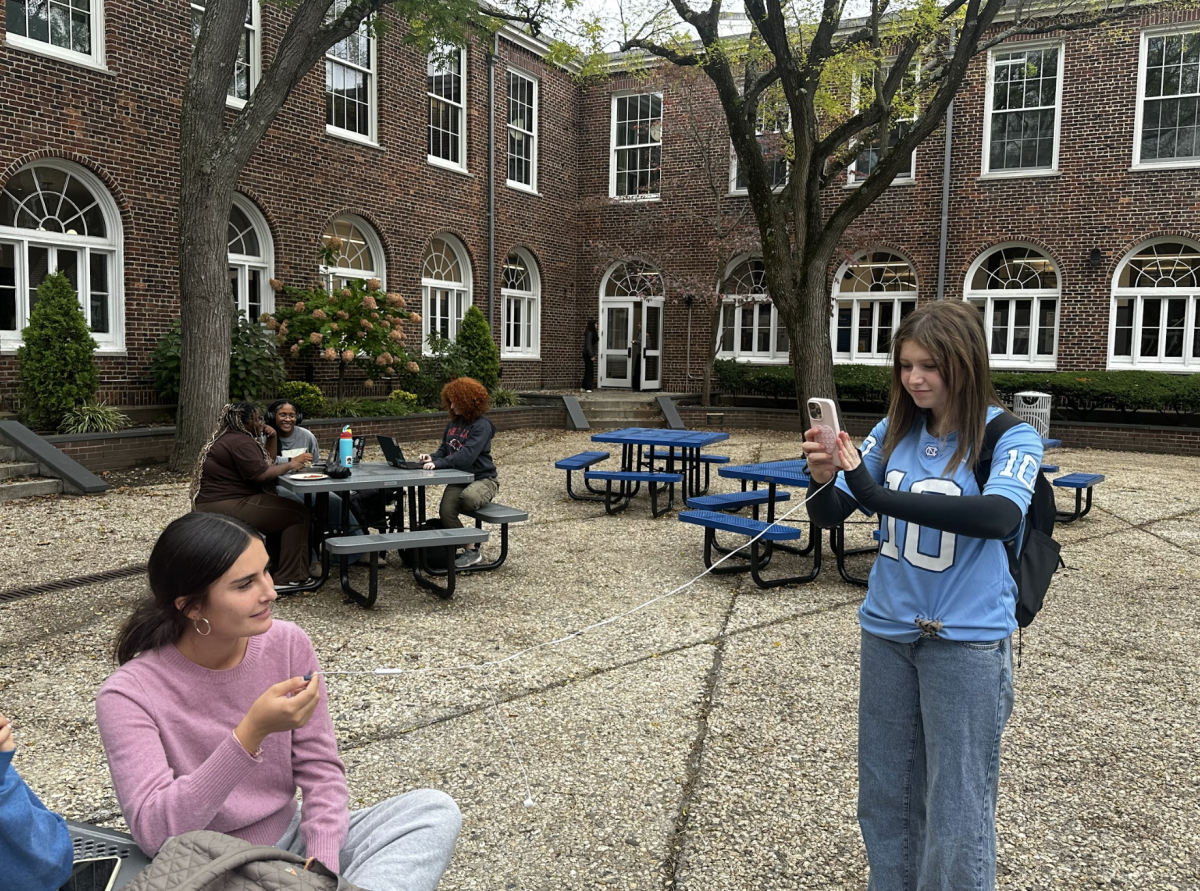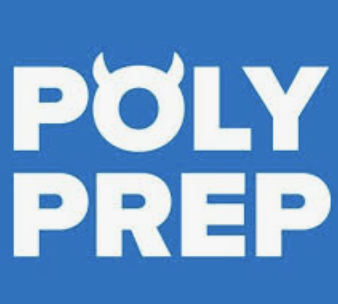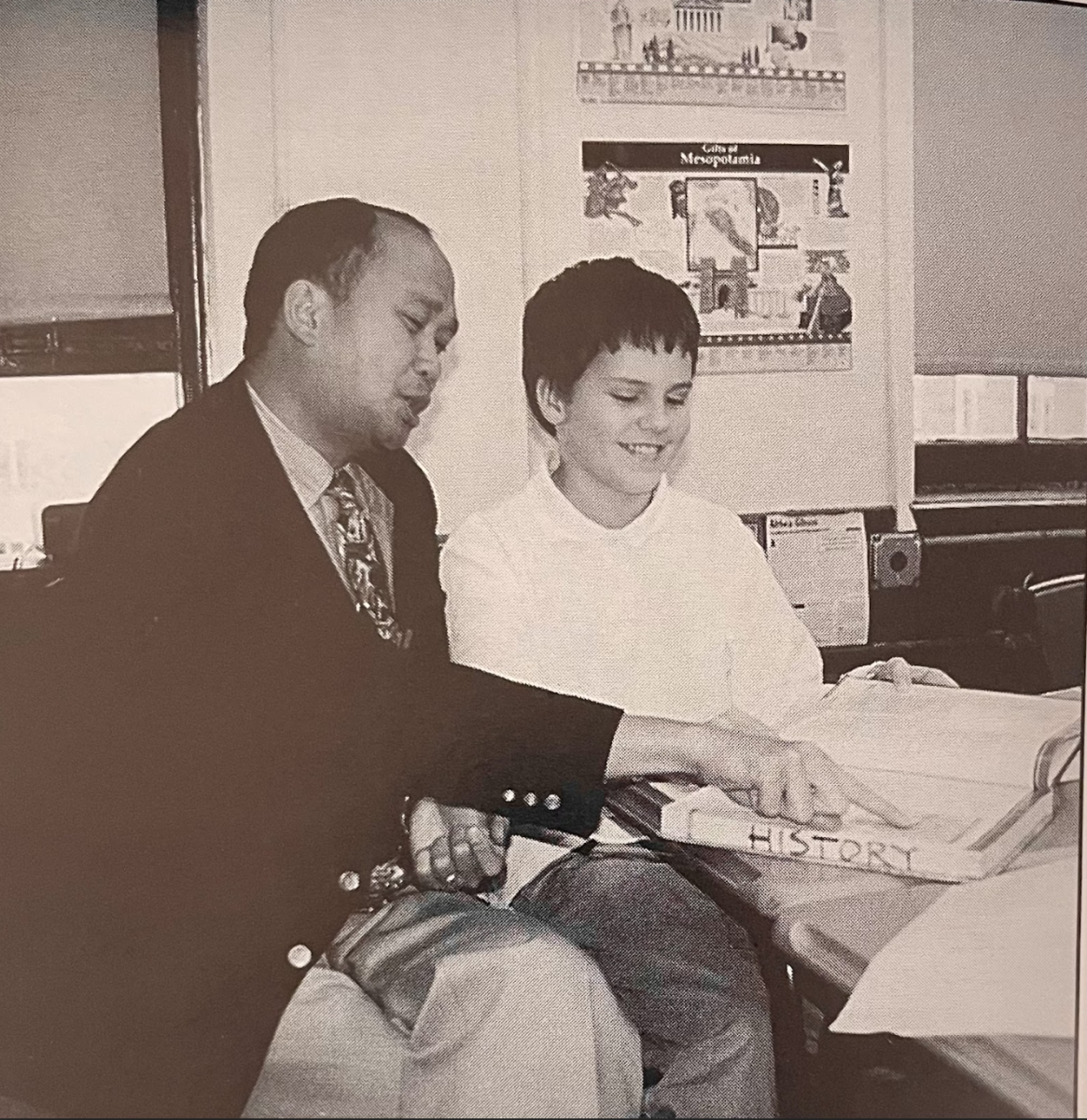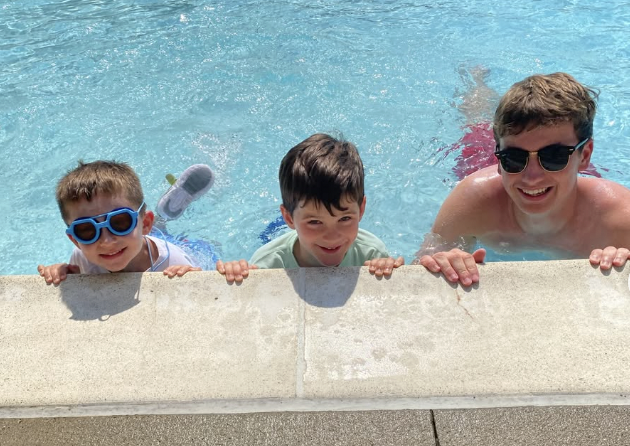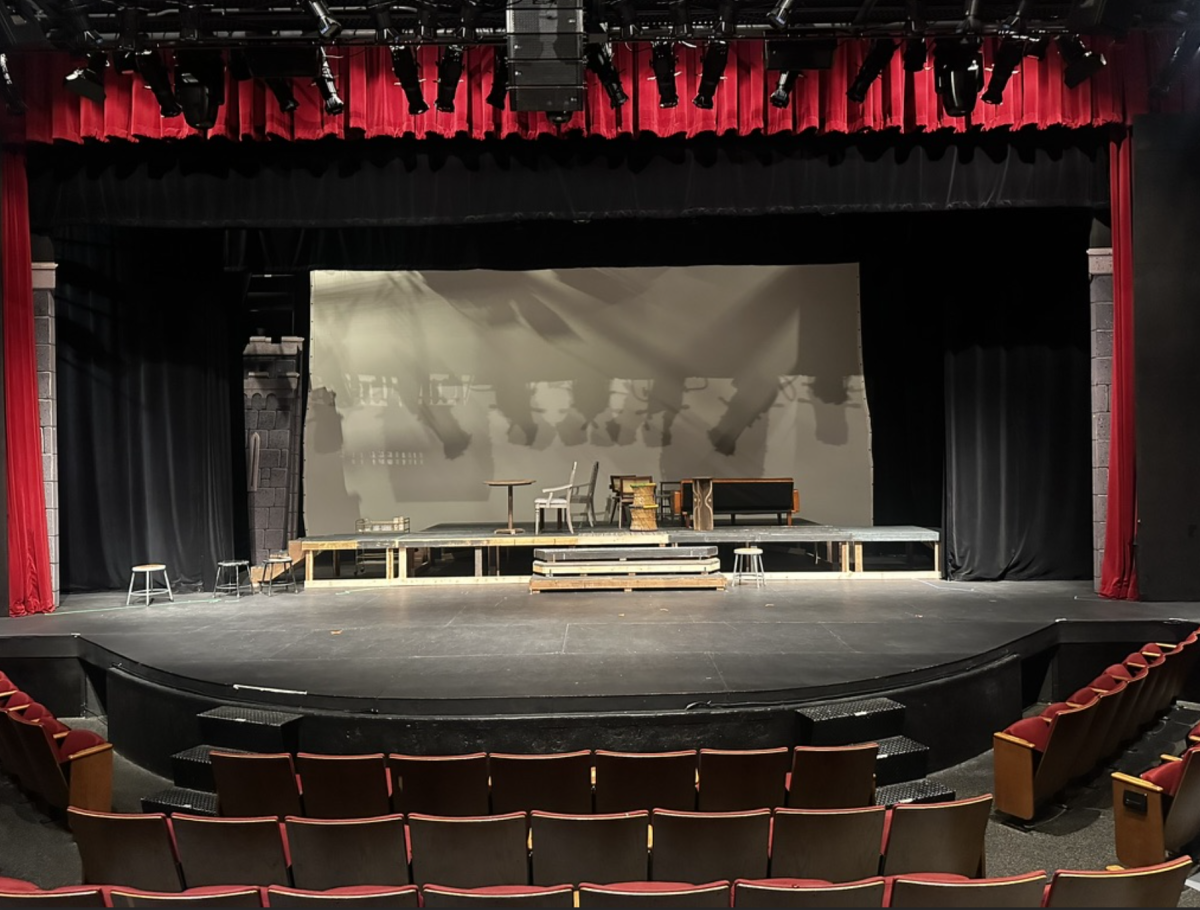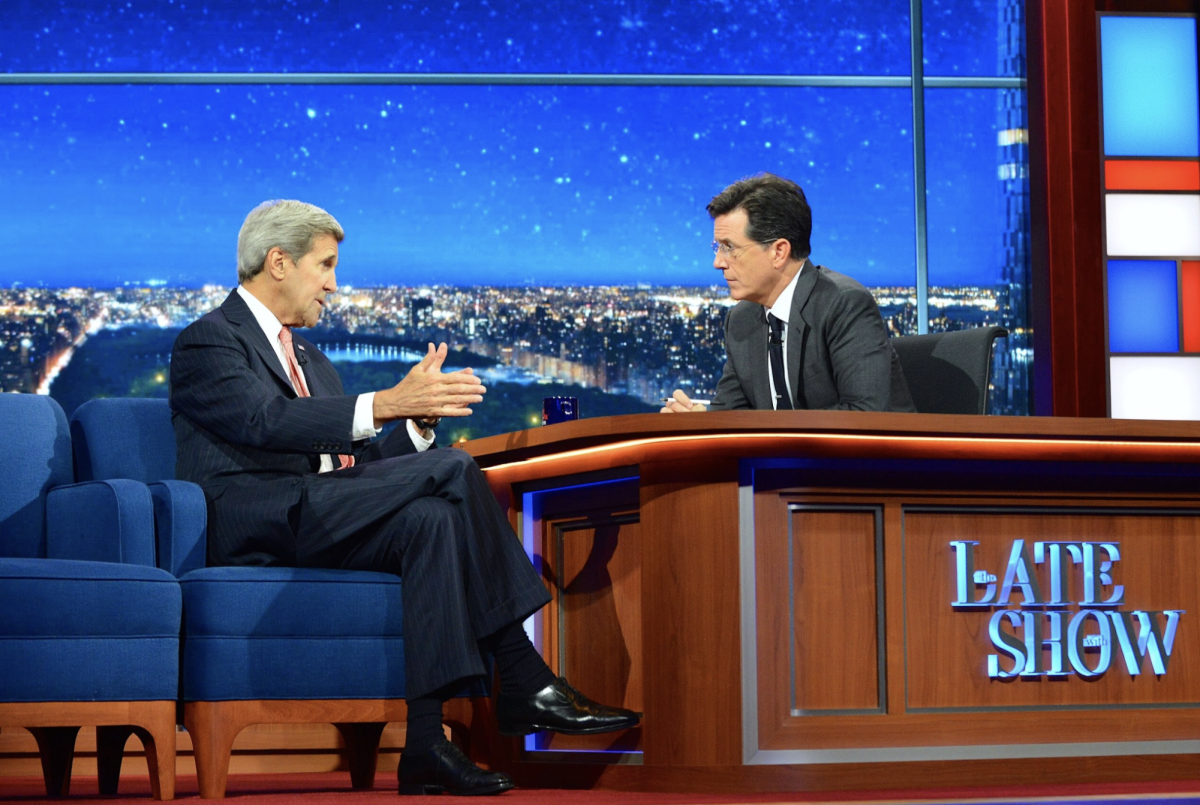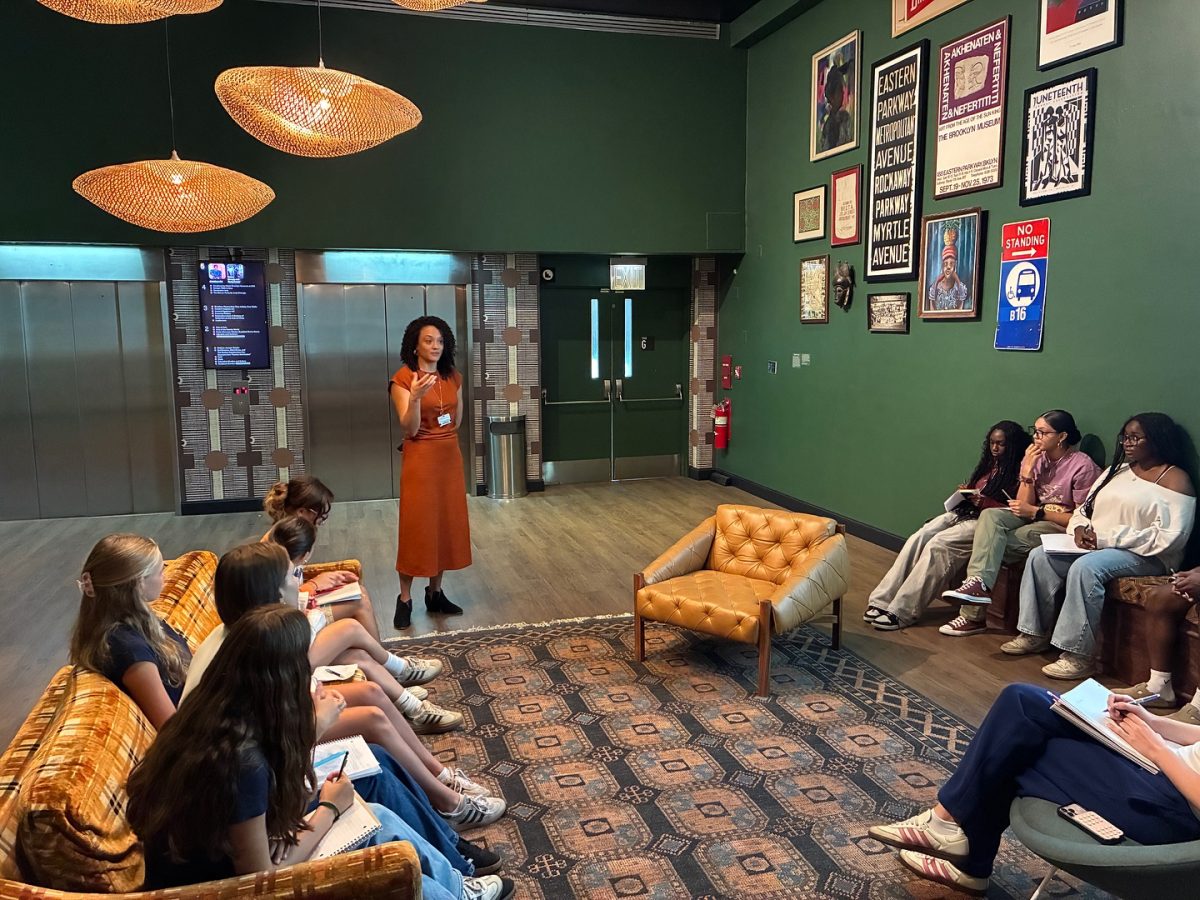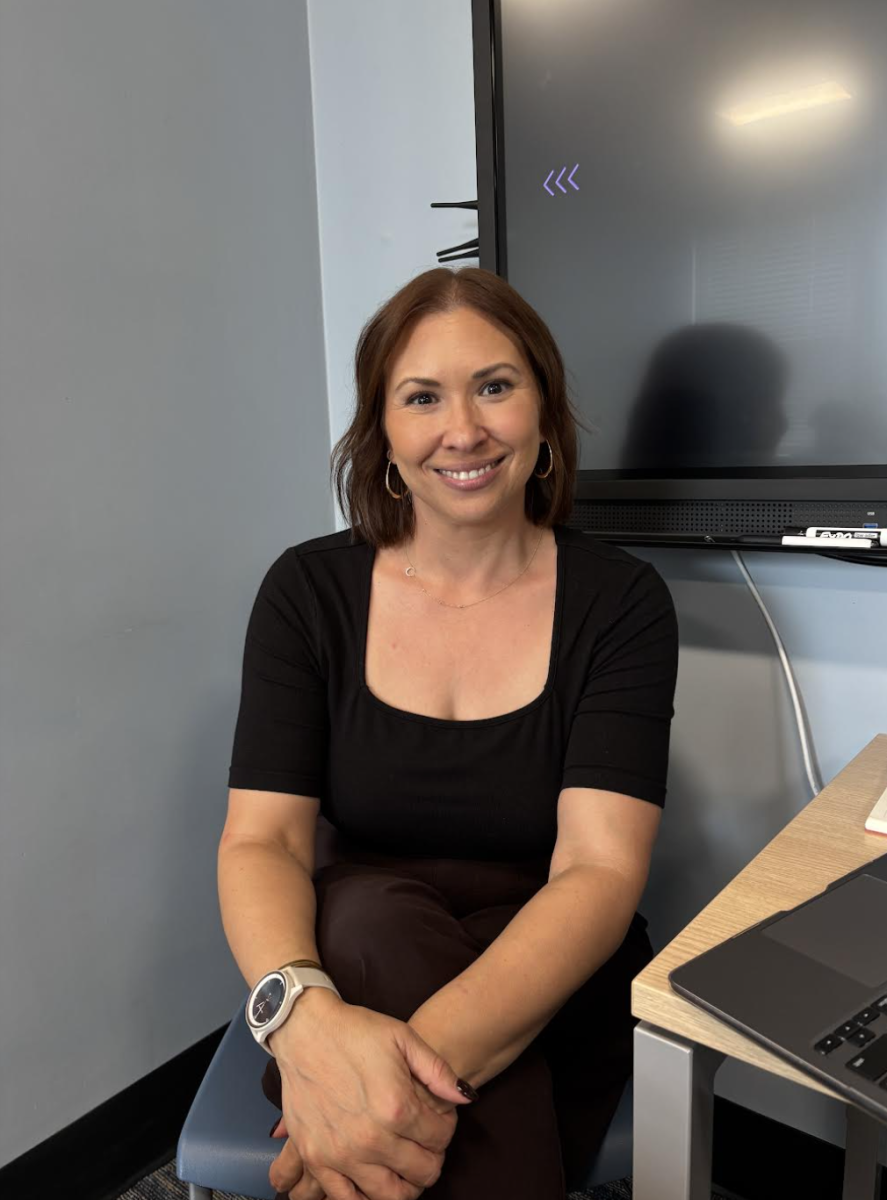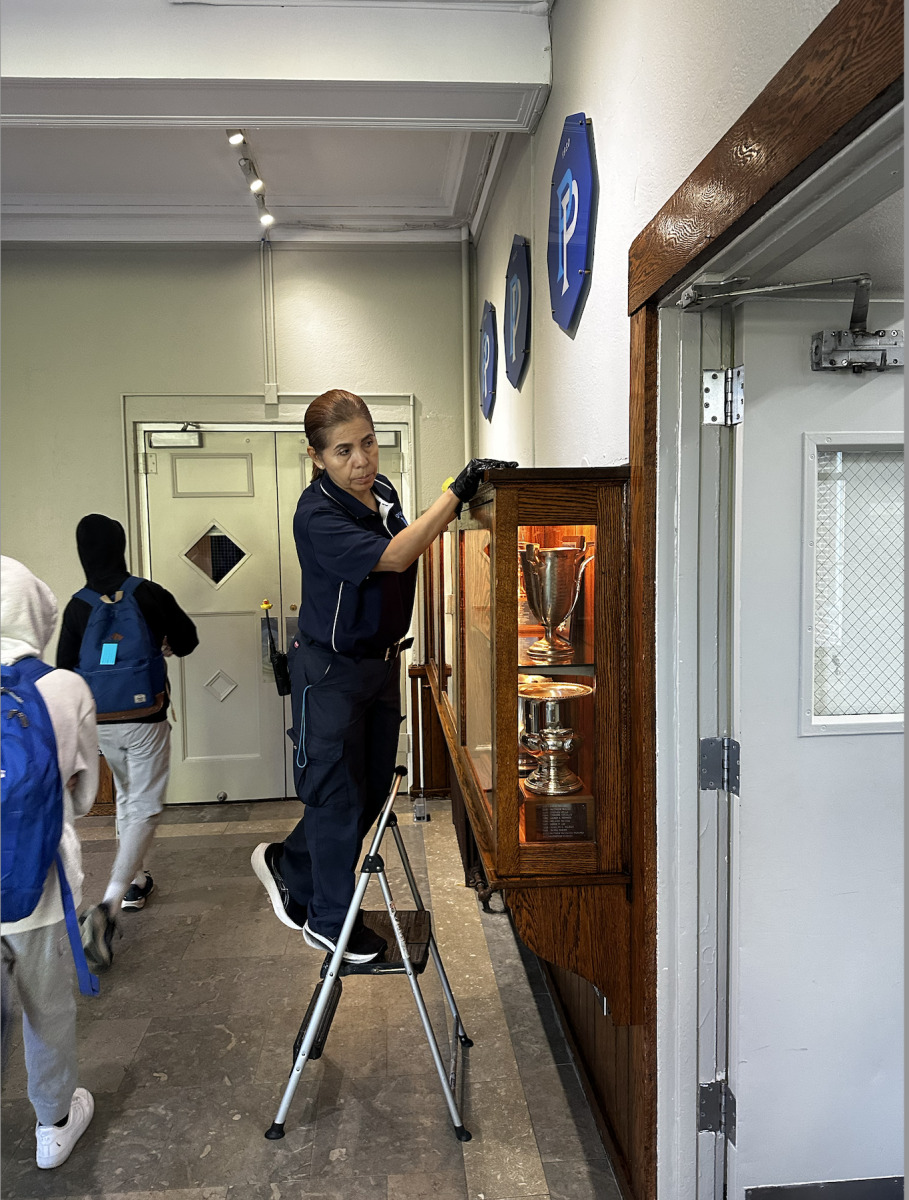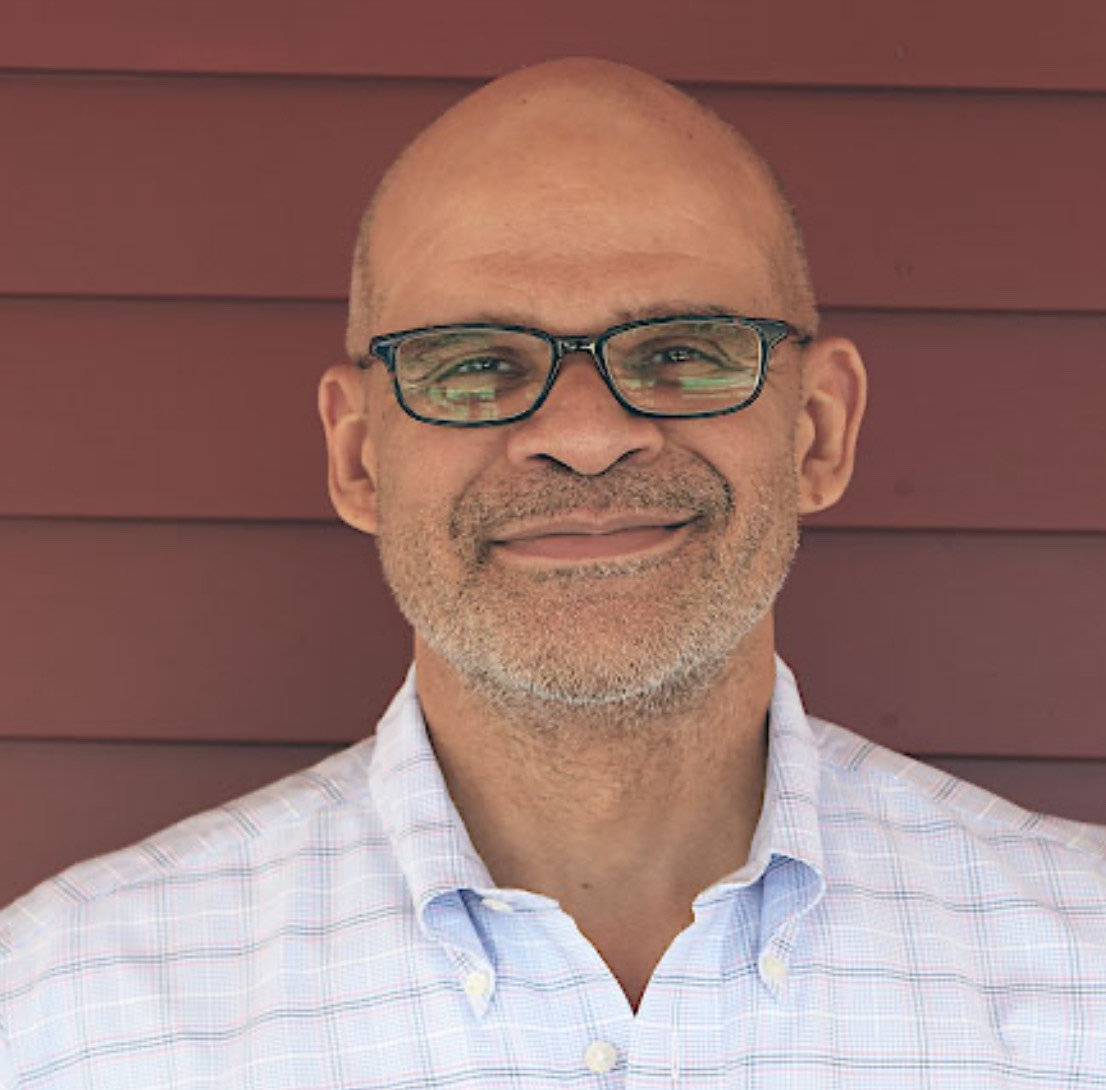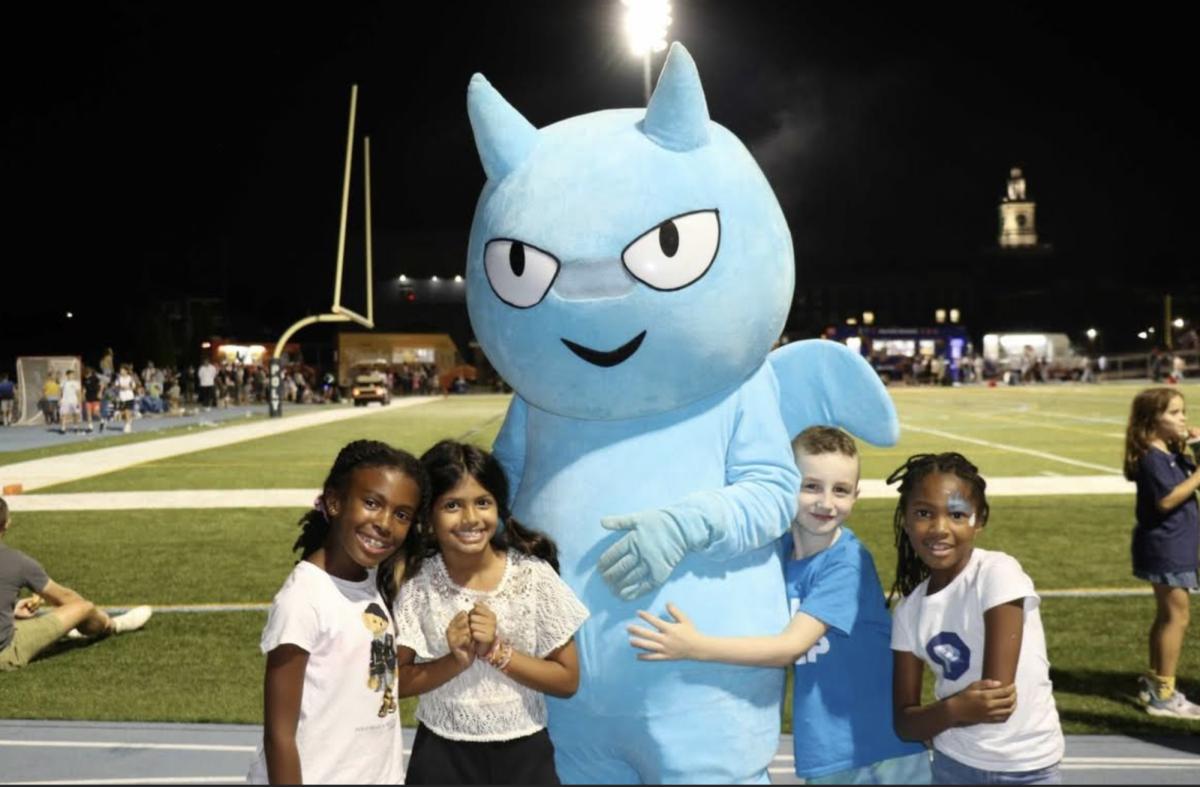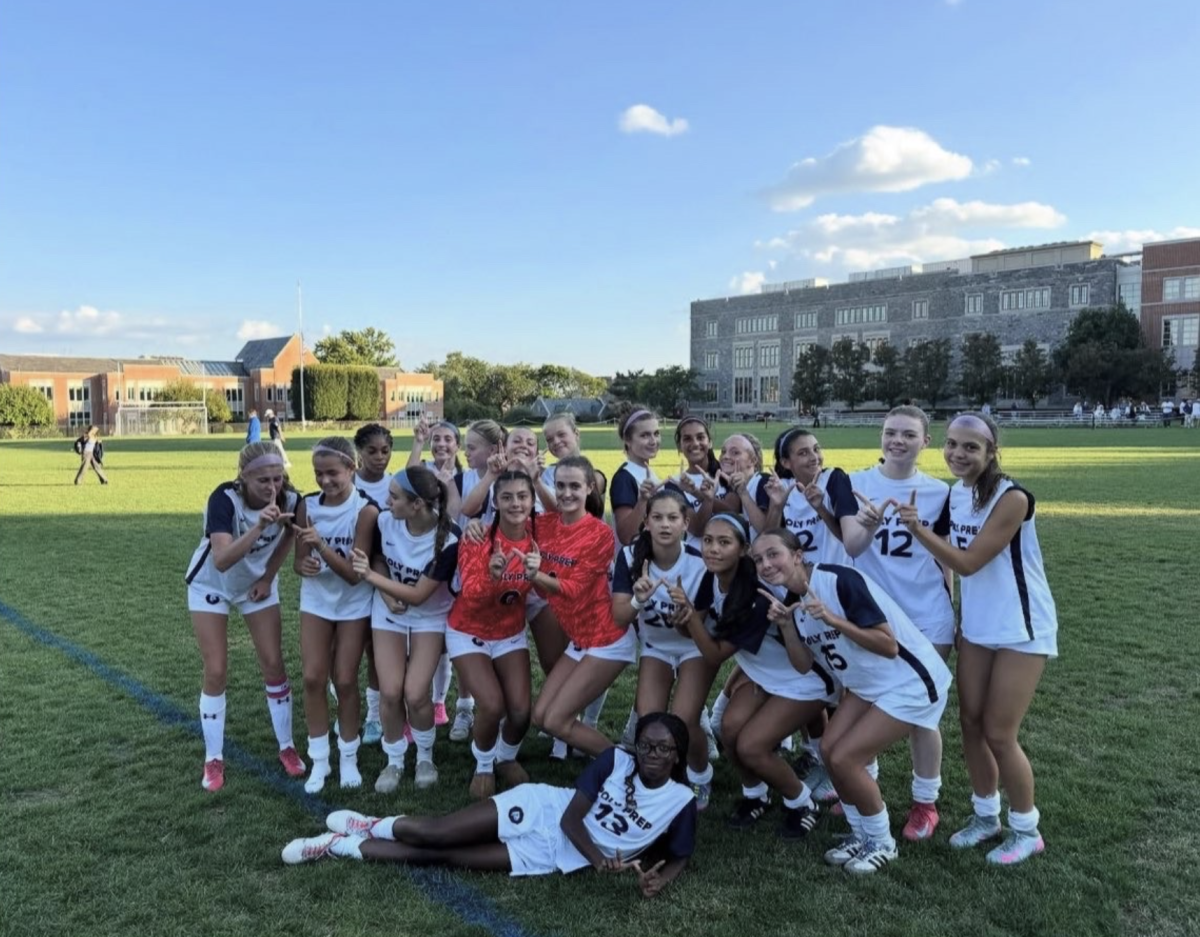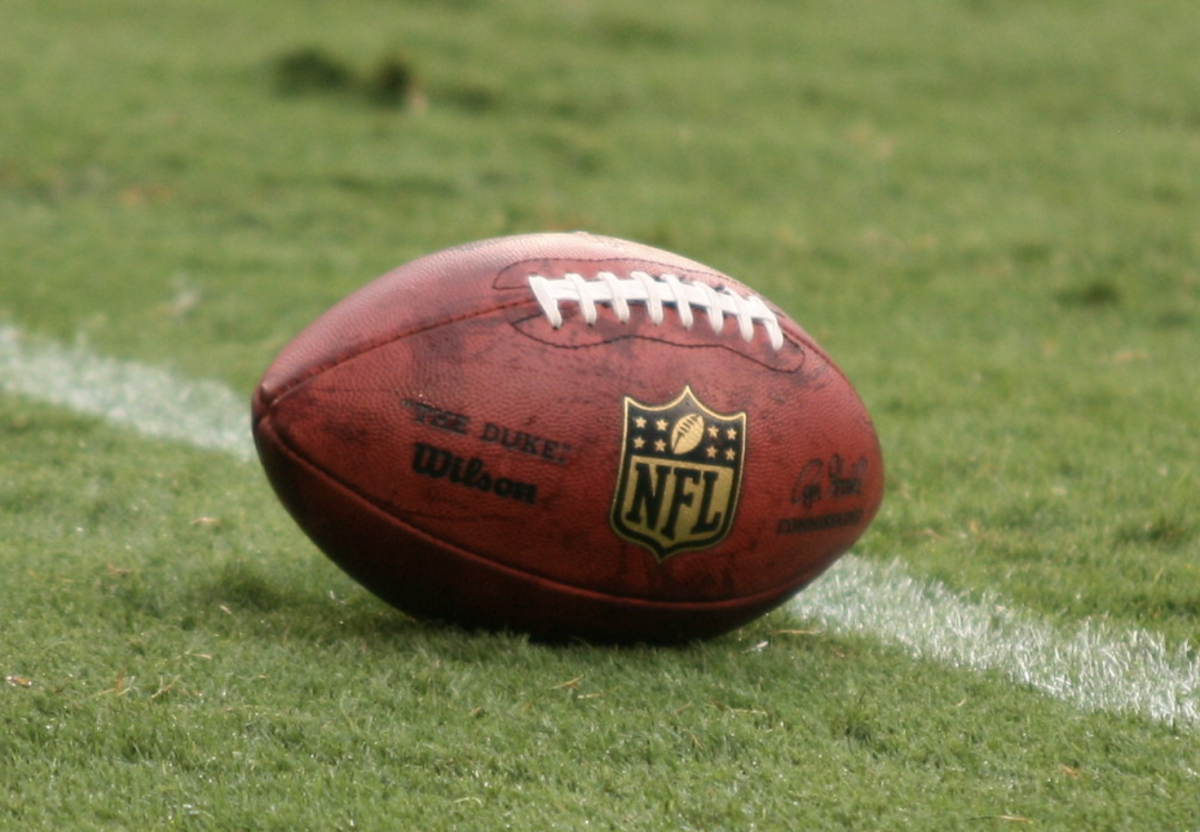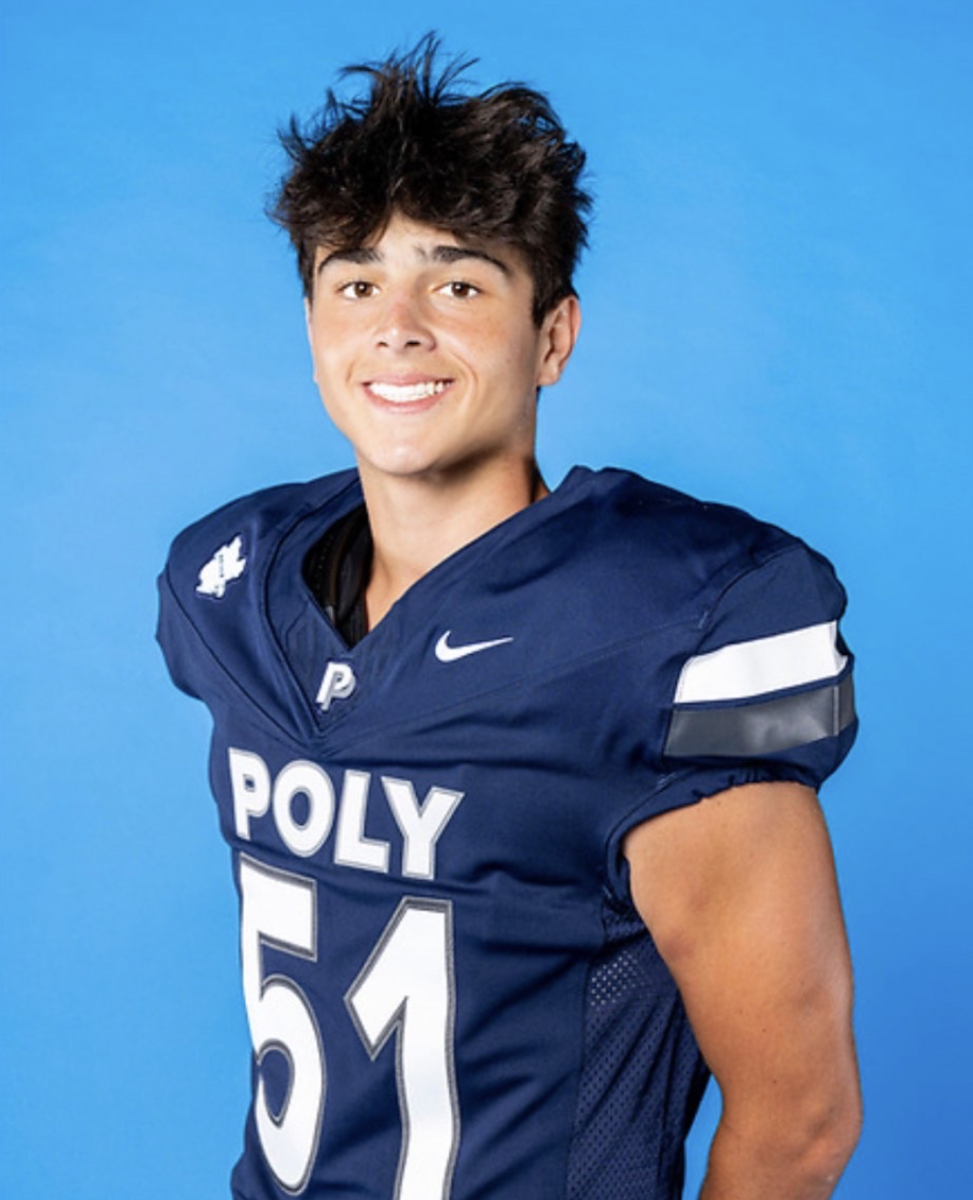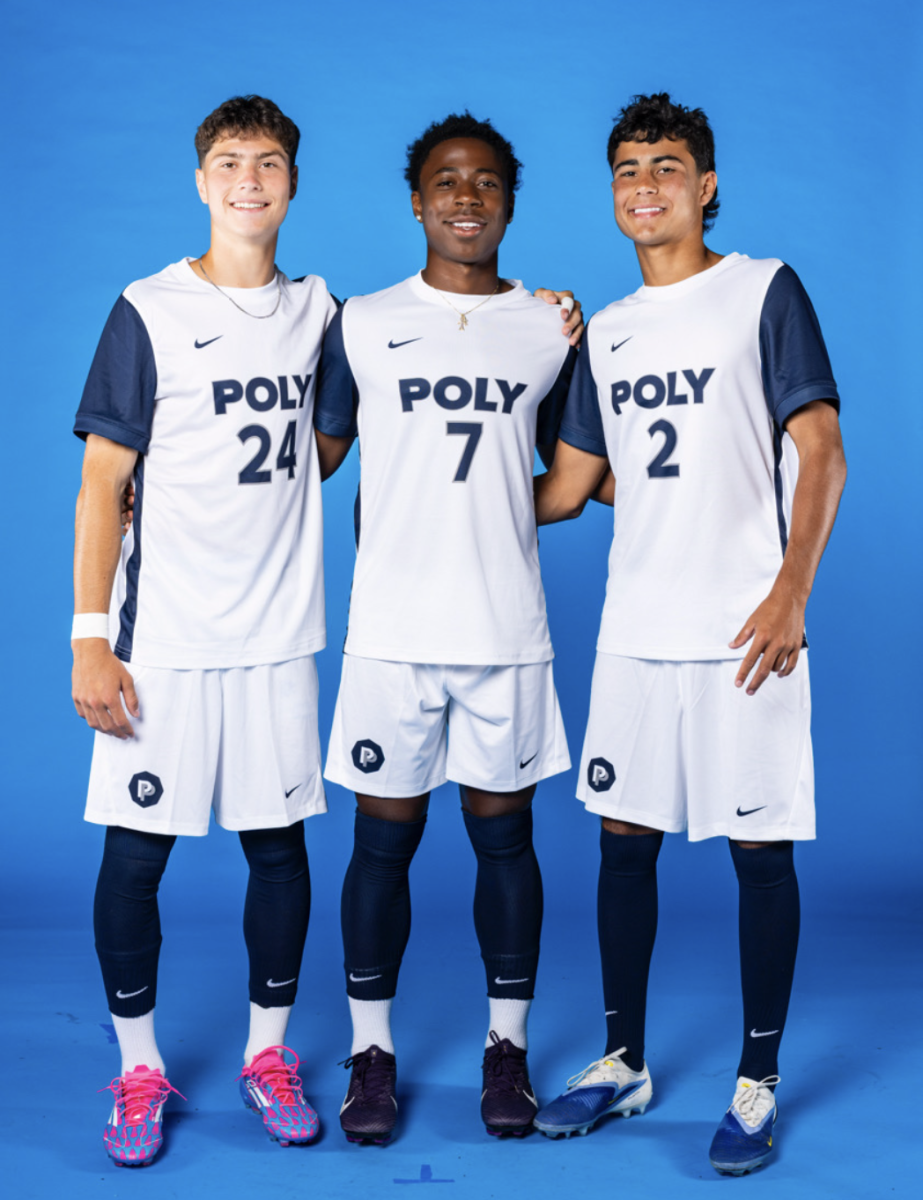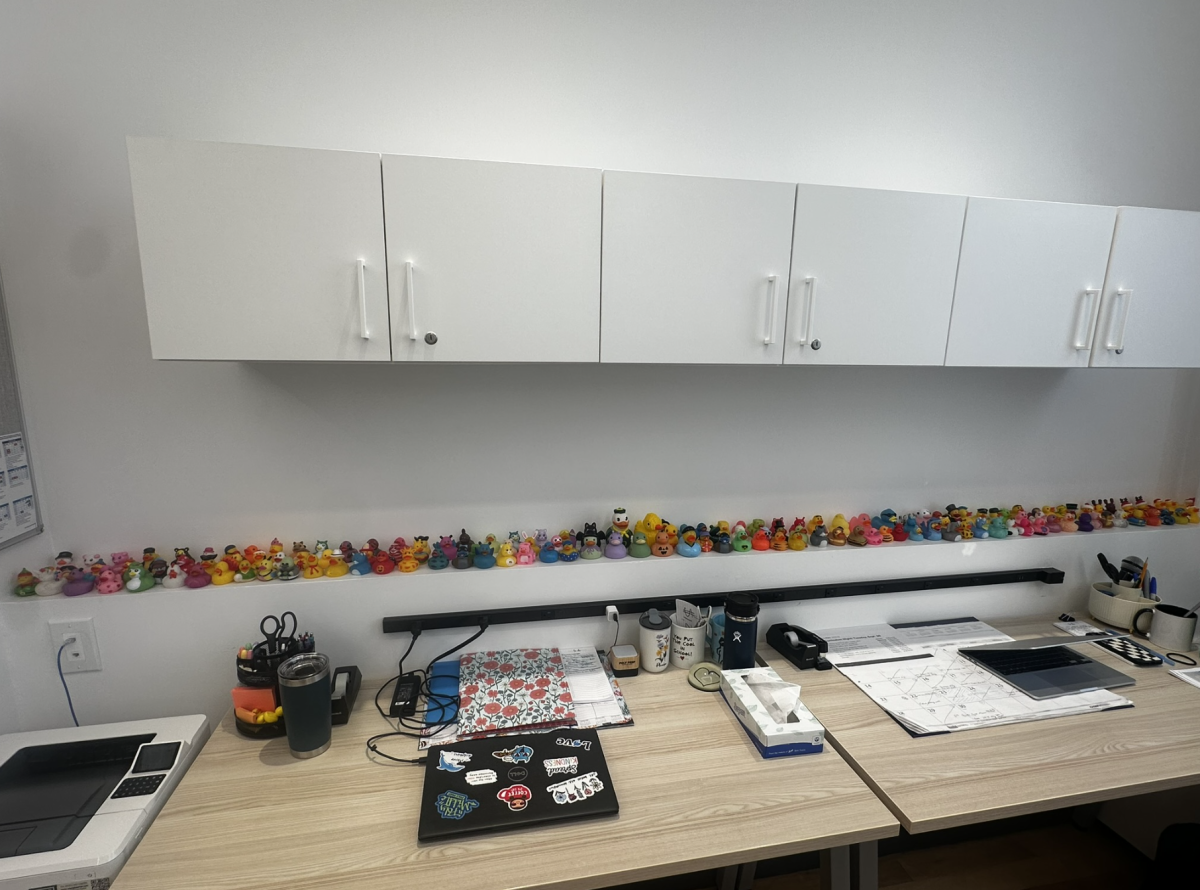In 2007, the cheer tradition at Poly, which had been held since 1978, vanished.
The cheerleading squad, also known as the Blue Devilettes, was formerly a long-standing organization and a component of Poly’s student life. Poly first became a co-ed school in 1977. The following year, female clubs and sports started to establish, which is when cheerleading first began. Like any typical team at Poly, cheerleading held regular practices, a preseason, elected captains, and had uniforms.
The cheerleaders were a key aspect of the school, and specifically, in the Polyglot, it states that the cheerleaders were crucial to the football team’s success. Additionally, the cheer team had a lot of traction; in particular, cheerleading alum Francesca Lisk ’95 states that girls had to be cut at tryouts because many people tried out, and there could only be so many girls on the team. A couple of years later, in 2001, cheer started to lose popularity, which led to the team overcoming many obstacles, such as not having enough funding. Cheerleading alum Alexandra Pascarella ’05 said she struggled to find girls as devoted to cheer as she was. Poly History Faculty Saranicole Marino ’06 explains that as the last cheerleading captain at Poly, interest in cheerleading was barely holding together in her senior year. “There wasn’t enough sustained interest in the girls that were left,” Marino said. “They didn’t want to deal with that kind of fight to hold the team together because it would be very difficult with the genuine lack of interest from the student body.”
A Look into Cheer at Poly
Initially, the cheerleading squad had tryouts and a preseason starting in August. They had practices throughout the fall, which were held every day leading up to a game, and on a week without a game, they were held at least three to five times a week. Lisk recalls that they would only cheer on the sidelines for Boys’ Football because that was Poly’s main and most popular sport then. “We did want to [cheer for] other sports,” she said. “There was a small campaign for it not to be just exclusively cheering for male sports because Girls’ Soccer was a big fall sport, but that never got off the ground.”
Over the years, the cheerleading role expanded, taking their energy to the courts in the winter to support Boys’ Basketball. Cheerleaders at Poly were remembered for having prominent performances at pep rallies, Homecoming, and Oasis Night. Homecoming was the most notable because they had a big halftime performance where they choreographed a dance with lifts, pyramids, and tosses.
But cheer at Poly wasn’t your stereotypical cheer. Lisk says that cheers would involve more stomping and clapping rather than being a choreographed dance. They would only choreograph dance-like performances on special occasions such as Homecoming and Oasis Night. Unlike other, more competitive schools, Poly’s cheer team wasn’t intense or stressful and didn’t involve any complicated or dangerous stunts. They would do baseline tumbling and pyramids since no one had much gymnastic experience and would yell out cheers with simple, fun gestures that encouraged spirit. “It was kind of a 1950s old-school cheerleader [with pom-poms]. There was none of the gymnastics and crazy stunts you see now when you watch ESPN or the Netflix movie Cheer,” said Science Faculty Bart Moroney, who has been working at Poly since 1981.
Laura Coppola ’95, department chair of visual arts at Poly, reflected on the cheers she did as a cheerleader: “[The cheers] we would do would depend on what the team was doing, like if they were winning or close to a touchdown. We’d practice a whole range of cheers in advance, and then there would be a quick kind of attention-getting announcement from the captains that announced what cheer we were going to do,” said Coppola.
The culture of the cheerleaders was very close-knit and light-hearted. Coppola says many girls on the squad from 1991 to 1995 were very social and enjoyed the dancing component of cheer, which drew them to the performing arts, specifically theatre. Additionally, other girls played sports, such as field hockey. They usually would do these additional activities together. Marino says that when she was on the squad from 2002 to 2006, the girls had extremely close relationships. “We had a really good and strong bond. They were my best friends, and they still are today. We were trying to build a successful and sustained team for over four years together, so it made us very close.”
However, cheer at Poly had its obstacles, specifically involving their practice space. Sports teams already had limited space due to the Novogratz gym not being built, and cheer didn’t have their own designated place to practice. At the time, when cheer only occurred in the fall, they practiced in the fieldhouse or the wrestling room, but when cheer expanded to winter sports, the wrestling team had to use the fieldhouse, so cheerleading had to find alternative places to practice that were never consistent. “We just figured it out as we went,” said Pascarella.
A Zoom-in on Cheer in its Last Few Years
Pascarella was in her hotel room in Orlando for a work conference. She sat on a Zoom call for an interview where she had to recall her memories from when she was a cheerleader at Poly nineteen years after she graduated.
“[My freshman year] it was just a couple of seniors running the squad and making it up as they went. It was very informal…we just wore gym t-shirts and sweatpants, and we practiced when we could, but not consistently. And then [the captains] were graduating, and there was no plan for the next year. No one knew who was going to run it. When would the practices be? Was there a preseason? And as we were getting closer to the start of sophomore year, there was no word on what we were going to do, so I decided that I’d just do it.”
The lack of an official cheerleading program and the fact that she didn’t want to let it die made her put in a lot of work to keep it going. This wasn’t easy, but alongside her best friend, Rachel Jonas ’05, who was on the team the year prior with her, made the process easier.
The first step was finding people to form a team. They reached out to everyone on the team the year prior and the incoming freshmen. This allowed them to form a small cheerleading squad. They also had to think about how they would structure the program. The football season starts immediately when the school year begins, so they decided in order for the team to be ready, they needed a preseason. This wasn’t simple because they needed to get granted access to the school, find somewhere to practice, make a schedule, and create cheers. Despite the difficulty, they made it happen.
Next, they decided that being a student-run program wasn’t enough. The cheerleading squad needed a coach. Their freshman year, being student-run with only a faculty advisor, made it hard to be treated seriously as a team. They needed someone in charge who knew what they were doing. “We found this girl who was associated with Poly, she went to Fontbonne, and she was an all-star cheerleader outside of school. But she was a junior in high school…so because she wasn’t eighteen, her mom would come with her too. So her and her mom were our coaches.”
They now had a stable, well-run team. But the issues didn’t stop there.
The cheer team had problems with getting the proper funding they needed from the school. Cheer, at this time, didn’t have a lot of interest. The girls on the team were very devoted to it, but the team was still small. Pascarella and Jonas went to the head of the school to ask for funding, but they only got a small budget for uniforms. “We didn’t have a ton of funding or anything, but we did figure it out. We pitched in our own money too to be able to get a duffel bag and other fun stuff like that.”
Another obstacle was that the school did not consider cheerleading a sport or a physical activity. Cheerleaders weren’t allowed to be excused from P.E. because it “wasn’t physical enough.” Pascarella wanted this privilege for her team, and even though this privilege wasn’t the whole purpose of the squad, it just felt strange to her that cheer wasn’t considered a proper physical activity. The right to be excused from gym class played a part in cheer being taken seriously as a real team. Eventually, she got the team excused from gym class, but as a compromise, they had to go to the gym and have official workouts.
Pascarella’s fight for cheer to be seen as legitimate physical activity reflects the broader perception of cheer in urban areas. English Faculty Gerald Stone, who has worked at Poly since 1986, highlights how schools in more suburban areas often have more established cheerleading programs, while in New York City, schools like Poly have less common cheerleading programs and are overlooked as a serious sport. According to Britannica, southern parts of the United States, mainly Texas, are considered “the heart of modern cheerleading.” ABC Eyewitness News states that cheerleading is less prevalent in cities, specifically New York City because it is not recognized as a sport and receives little to no sports funding.
Furthermore, some faculty members critiqued the cheerleading program at Poly. Some disagreed with their presence and wanted to eliminate the organization as a whole. Stone recalls that cheerleading was controversial, especially amongst female faculty members. “I think the feeling was that girls, historically, ought to be doing more constructive things.” Moroney recalls that during a meeting involving trustees, a history teacher named Louise Forsyth voiced that she believed Poly shouldn’t have cheerleaders at Poly. “She thought it was too genderist…and believed it wasn’t good for girls to be cheerleaders.” Moroney believes that as faculty, they should encourage young women to be able to choose and do what they want and not have to worry about facing judgment from others.
Despite these critiques, it never stopped cheer from holding strong and continuing each year.
So, why did cheerleading end?
Compared to cheer, the dance and step teams held more prominent roles in the Poly community and had significantly more interest from the student body. The dance and step team was considered the ‘cooler thing to do.’ “The cheer team was something we did because we wanted to; there was nothing else really holding it together,” said Marino.
Pascarella and Jonas’s committed cheer squad started to go downhill when they graduated. Marino had been a strong member ever since Pascarella and Jonas reinstated the program. She was the last cheerleading captain at Poly, and she said that in her senior year, when they had already graduated, cheer had barely enough members to be considered a team. The school then struggled to fund and support the team with this visible lack of engagement.
When Marino graduated, the cheer team faded away. The younger girls on the team, who were the ones to keep the tradition strong in the coming years, lacked leadership qualities; it, therefore, wasn’t a shock to Marino that cheer faded away the following year. Without Pascarella, Jonas, and Marino, there wasn’t enough motivation and devotion to hold the team together. “It was good while it lasted; I would not have changed that experience,” Pascarella said. “It gave me my best friends and showed me how hard I could work for something I loved.”
A Look to the Future
In the 2023-2024 school year, students came to Jared Winston, the head of student life at Poly, with an idea. Sophomores Valentina Aberle and Lila Rice, and Seniors Maya Phillips and Briyana Hart, came to Winston separately in pairs to express their interest in starting a cheerleading club. “I wanted to make a club that contributed to the spirit at Poly because I felt and still feel that the student sections at games have lacked people and energy,” said Aberle.
So the question remains: Can cheerleading make a comeback at Poly?

